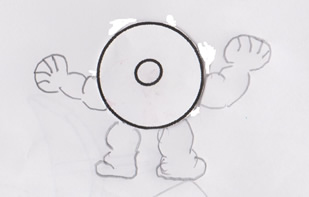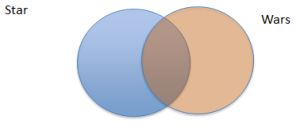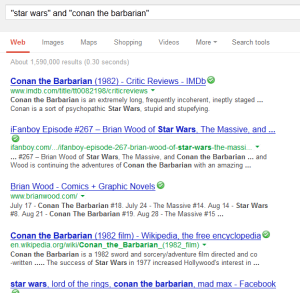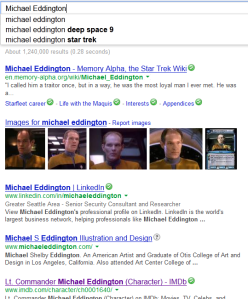The next few posts will be a re-hash, getting more depth of DVD and movie collection, of the post “Searching, Collecting, and Maintaining DVDs!”
Formats
VHS Vs. Betamax
I am not going to get into the nitty-gritty details of the rivalry between VHS and Betamax. Who really cares if Beta was better than VHS? We can complain about the outcome, but that won’t change a thing. What I do care about is the end result, and that the VHS was the product that changed the film industry. Evidently, VHS took the lead and did not look back with the help of the porn industry (according to the geeky character in Tropic Thunder played by the actor who caught pink eye from his cat (some episode of TMZ)).
Laserdisc
The Laserdisk had to be the black sheep of the family. For every step forward there was a step backward having issues with compatibility between companies, being expensive, and quality was a blah (maybe, depending).
The laserdisc has a history spanning from 1967 until 2002/2009. did happen and the technology did get better, but the cost was insane, and the cheaper and more compact DVD ended up taking over the market. There is a whole lot of technology jargon, and I will not get into that (headachetastic). The one important “historical” outcome is the “extra feature.” This is a kin to the USFL introducing the “red flags” and instant replay.
Two Points about Special Features and the Laserdisc.
- In college, I started to purchase DVDs by the dozen (ok, maybe not that much) and Street Fighter was one those movies that subtly made its journey to my DVD player. One time the commentary by Steven E. de Souza, the director, had mention that other special features (mainly sketches) were developed for laserdisc.
- Apparently, a Lazerdisc copy of Return of the Jedi was sold on Ebay for 699 dollars. The reason because there is 30 minutes of extra footage that has not been seen since the creation of Laserdisc.
DVD, Blu-Ray, and HD
HD did not survive the market, but Blu-Rays did, enough said. The DVD beat out VHS and Laserdisc, and is evolving into the Blu-Ray. This does not matter since a customer can play a regular DVD on a Blu-Ray player.
- 1997 – The DVD arrived in the U.S.
- 2002/2003 – Retails started to pull VHS.
- 2003 – DVDs outsold VHS for the first time.
- 2005- Bo Andersen, president of the Video Software Dealers Association says 2006 will be the last time VHS will have major releases.
- Earlier 2000s to 2008 – HD DVD by Toshiba and Blu-Ray by Sony were developed to the public.
- 2008 – Blu-Ray wins. Regular DVDs still around.
Boooo to Digital. Maybe, not a hearty boo such as when fanatics take a look at the opposing team’s quarterback. Digital has been a trend lately, and will always be around. I am not against digital or streaming. I have an account with Netflix, Amazon Prime (before the digital streaming trend), and Full Moon Streaming. I have only purchased one movie in the digital format, The Nutcracker, for my son. The concern with digital is the ownership of the product. When a consumer purchases a physical copy that customer owns that copy. He or she can lend out that DVD to friends and family or sell it to a third party. With the digital format, I pay for the right to watch the movie within the particular cloud that I am using or stored in my computer. I do not pay for the full ownership of the product. What if Amazon goes or that music cloud website goes bankrupt? If the item is not stored on your computer, you no longer have that product. I will be waiting until the copyright laws are revamped for the digital times giving the consumer some rights.
The End
Know your devices and your formats. I say this from experience. Not all movies are on DVDs (Here is a Laserdisc niche website), and retailers such as Amazon sell multiple formats. The main reason why we own The Nutcracker (1986, conceived by, Maurice Sendak) is the fact that this particular version is not sold on DVD, but digital and VHS. Of course, we do not own a VHS player anymore. Even though there is a part of me that does want to buy each device.
Notes
- In this segment I have referenced one television program, four movies, and four individuals in the cinema profession with the help of IMDB.
- The patent image was obtained from Google Patent Search.
- The Red Flag image was manipulated from public domain from Openclipart by the user ky1en1te.
- Two of the images were of my design and creation and I reserve the rights to my intellectual property.
- Part 2 will be by Region.







